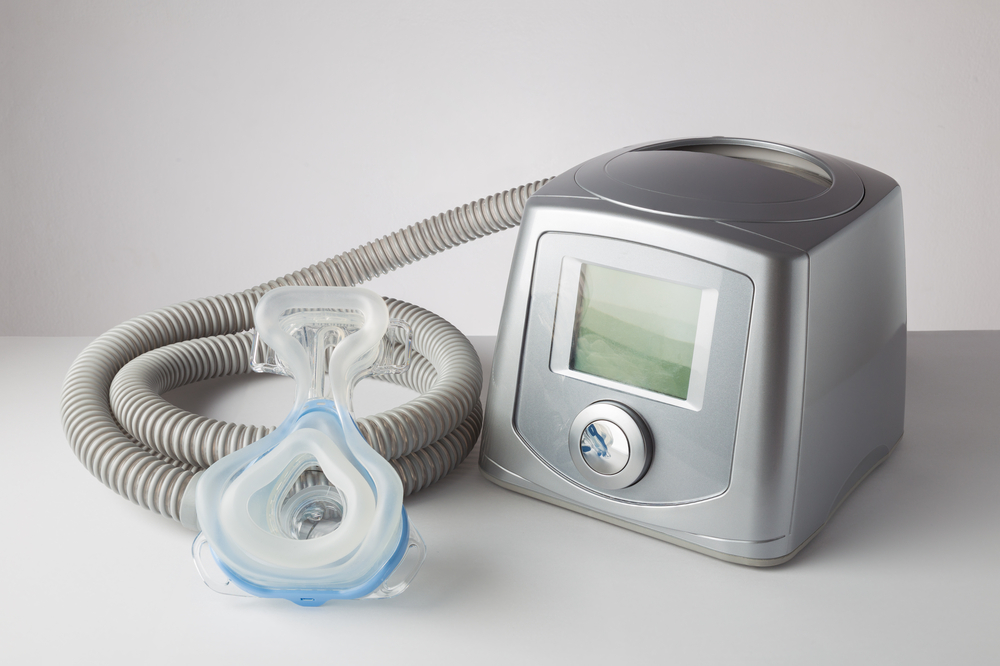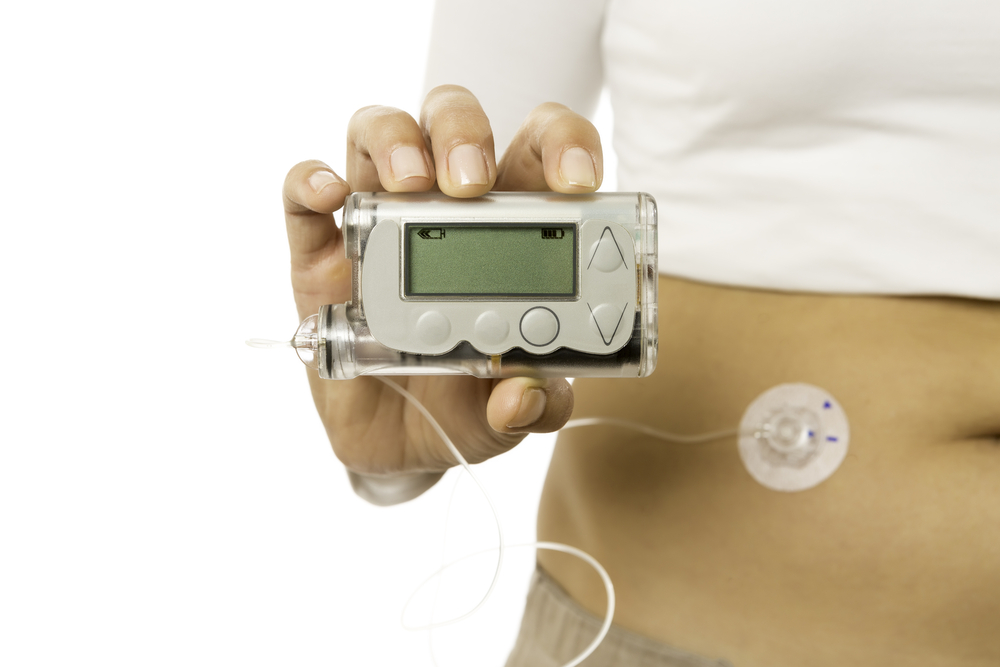Aesculap Knee Replacement Lawsuit Update 2018
A new lawsuit was just filed against Aesculap, a division of B. Braun, regarding a problem with the company’s prosthetic knee replacement devices.
According to the suit, the company was aware of the problem with the effectiveness of the bonding agent used in its ceramic-coated knee replacement devices, but did not correct the problem or warn consumers of the risk.
The lawsuit alleges a solution does exist.
According to the claim, Aesculap Implant Systems has a German patent on a corrective feature, but it has yet to be incorporated into the manufacturing of devices.
There are currently 30 claims pending regarding knee replacement recipients who experienced device failure when the glue from their implant did not bond properly and the device loosened. Fixing the problem required risky follow-up corrective surgeries.
According to surgeons performing the follow-up procedures, devices could be easily removed without having to cut through any bone cement – the bonding agent used to adhere the device in place. This should be something that is a part of all corrective procedures.
Manufacturer Failed to Take Corrective Action
Surgeons, as well as some sales reps and employees of the company, all claim to have notified the manufacturer when they learned of the problem.
The lawsuits against Aesculap allege that despite the company’s awareness of the problem, it failed to take any corrective action and intentionally concealed the issue from the medical community, sales representatives, and the US Food and Drug Administration.
According to attorneys for plaintiffs in the lawsuits, Aesculap took advantage of an FDA approval program that fast-tracks new medical devices and drugs. When a new product is similar to one that is already on the market, manufacturers can avoid the lengthy approval process and receive approval without subjecting their product to testing by applying for approval under the 510(k) process.
Aesculap received approval to market its “advanced surface” ceramic-coated knee replacements because they described them as “substantially similar” to existing products. However, FDA approval does not alleviate manufacturer responsibility.
Plaintiffs claim the company had a duty to report failures of its product and alert consumers to the risks associated with the knee replacement device. The people who have chosen to take legal action have suffered serious injuries and have been forced to endure risky follow-up procedures to correct the problem. None of them were aware of the risks associated with their devices when they chose to undergo their initial procedure.
Lawsuit against Aesculap Filed in Philadelphia County Court
Those affected by the faulty knee replacement devices have taken legal action.
The latest lawsuit followed an attempt to file a claim in November in Los Angeles Superior Court on behalf of more than two dozen plaintiffs who suffered the need for corrective follow-up surgery after receiving defective implants. The original case was dismissed when Aesculap challenged whether that court had jurisdiction over the case. It was later refiled in Pennsylvania, home state of three of the 31 plaintiffs named in the suit, and in Philadelphia where at least one plaintiff underwent corrective procedures.
The current suit claims plaintiffs endured the need for follow-up surgery when their implants loosened due to the glue not properly bonding after placement.
Aesculap developed its ceramic-coated implants in an effort to reduce the risks associated with metal-on-metal implants, but the coating causes moisture to accumulate on the surface of the implant under the cement bonding agent, interfering with its ability to perform as needed.
According to the lawsuit, Aesculap was aware or should have been aware of the problem and taken action to correct the issue and inform consumers of the risk.
Notwithstanding claims relating to this product, the drug/medical device remains approved by the U.S. FDA.
News Tags
- urgent
Have you been affected by a drug or device listed?

You May Be Eligible for Compensation.
If you or a loved one suffered injury or death after using a drug or medical device, contact us today for a free case evaluation.
We value your privacy. By submitting this form, you agree to our privacy policy and disclaimer.


